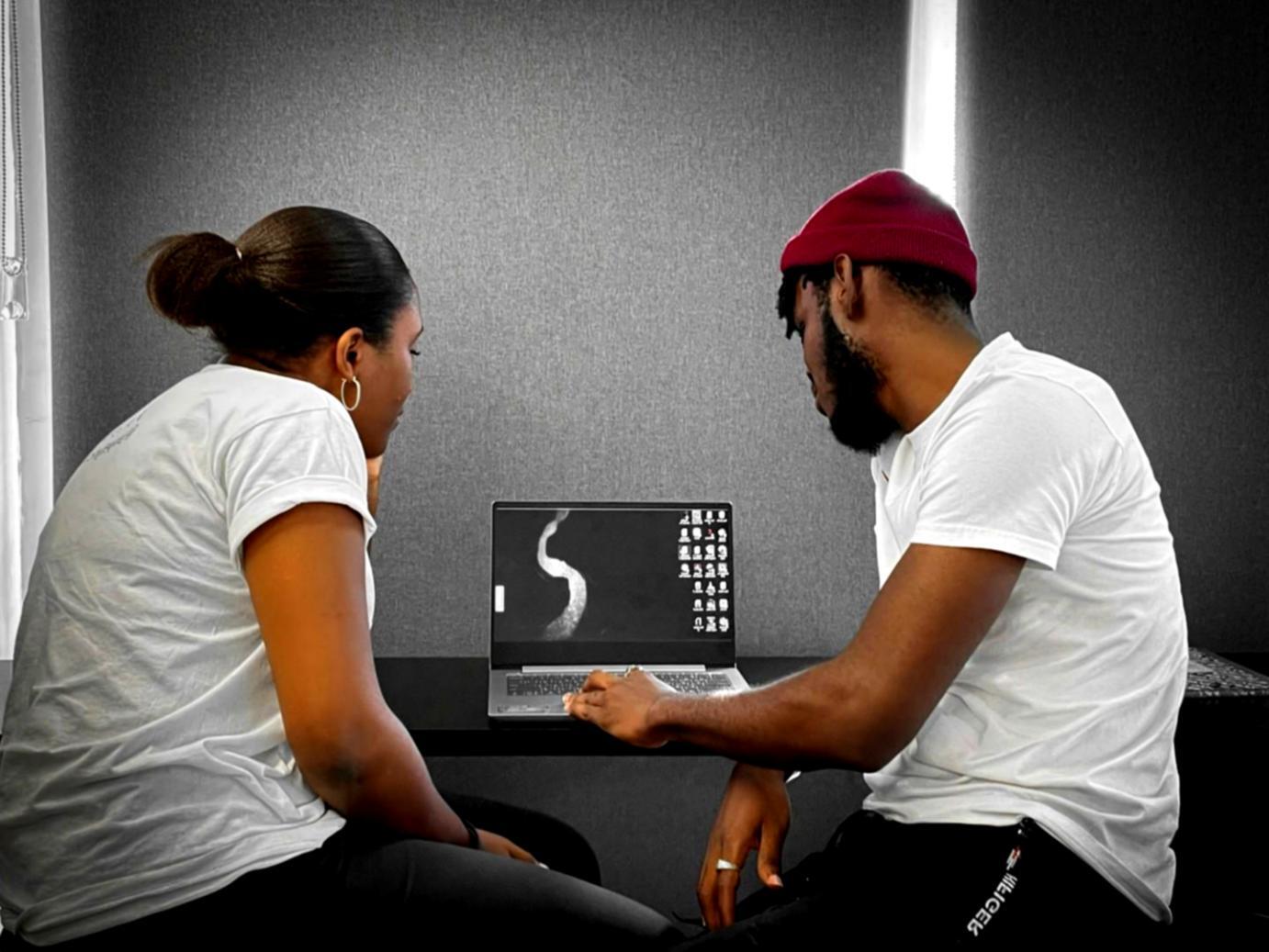Resources That Actually Help You Learn
When we started creating these materials back in 2018, we just wanted something that made sense. Something that didn't feel like reading a textbook from 1987. Our materials have grown with real student feedback and actual financial challenges Australians face today.
How Our Resources Evolved
Started with basic spreadsheets and handwritten notes. Now we've got a proper collection of guides, calculators, and worksheets that people find useful.
Simple Beginnings
Our first budgeting templates were literally adapted from what Liv used for her own household. Nothing fancy, but they worked. Three friends asked for copies and that got us thinking.
Digital Transformation
COVID pushed everything online faster than we planned. We spent months rebuilding our worksheets as interactive tools. Turns out people preferred digital calculators over printable PDFs anyway.
Real Feedback Integration
After working with about 400 people, patterns emerged. We rebuilt our goal-setting framework three times based on what actually helped folks stick with their plans. That version still holds up today.
Current Collection
We've got 47 different resources now. Some get used daily, others are for specific situations. We update them quarterly based on changes to Australian financial regulations and ongoing user suggestions.

Different Ways to Learn This Stuff
Not everyone learns the same way. Some people love video walkthroughs, others prefer written guides they can reference at midnight when they can't sleep. We've tried to cover the bases.
Self-Paced Written Guides
Our most popular format. Read at your own speed, bookmark sections, come back when you need them. Each guide covers one specific topic without the fluff. Average reading time is 12-18 minutes per guide.
Interactive Calculators
Plug in your numbers and see results immediately. We've built calculators for debt payoff scenarios, savings goals, and retirement estimates. All calculations stay in your browser — we don't store your data.
Video Walkthroughs
Sometimes you need to see someone actually do it. Our videos are 8-15 minutes long and show real examples. You can watch on your phone while doing your own budget alongside.
Monthly Group Sessions
Starting September 2025, we're running monthly online sessions where you can ask questions and work through exercises with others. Sessions run Tuesday evenings, 7pm AEST. Limited to 15 people per session.

Small Wins That Build Momentum
You don't need to overhaul your entire financial life on day one. Most people who stick with this stuff start with tiny changes that show results within weeks.
First Week Reality Check
Track where your money actually goes for seven days. No judgment, just data. Most people find at least two subscriptions they forgot about. That's immediate monthly savings with zero lifestyle change.
Month One Goal Setting
Pick one small financial target. Not "save for retirement" — something like "put aside per week for car maintenance". Achievable goals that you can actually track create the habit of following through.
Quick Budget Framework
Our simplified budget template takes about 45 minutes to set up. Uses your actual bank statements from the past month, not guesses about what you spend. It's not perfect, but it's a starting point you can refine.
Automated Progress Tracking
Once you've set a goal, our tracker sends you a weekly email with your progress. Just seeing the numbers climb each week makes it easier to keep going. No app notifications, just a simple email every Monday morning.
"I was skeptical about another budgeting thing. But the weekly tracking actually worked for me because it was so simple. I saved enough for a proper emergency fund in about eight months — first time I've ever had money just sitting there for actual emergencies."

Support When You Need It
Learning this stuff alone is harder than it needs to be. We've built a few different ways to get help when you're stuck or just need someone to confirm you're on the right track.

Email Support
Send us questions about the materials and we'll respond within two business days. Not instant, but thorough. We've answered over 3,000 questions since we started tracking in 2022. Common questions get added to our FAQ.
Community Forum Access
Join our private forum where other learners share what's working for them. It's not huge — about 180 active members — which keeps conversations focused and helpful. No trolls, no spam, just people figuring out their finances.
Quarterly Check-In Calls
Book a 20-minute call with our team once per quarter to review your progress. We can spot common mistakes and suggest adjustments to your approach. These calls book up fast — schedule yours at least three weeks ahead.
Resource Updates
Financial rules change. When Australian tax laws or superannuation regulations shift, we update affected materials and send you a summary of what changed and why it matters to your planning.
Start With What Makes Sense for You
Our next beginner-focused program starts in October 2025. We're keeping groups small — maximum 20 participants — so everyone gets actual attention. Six months to build solid financial habits that stick.
See Program Details"What I appreciated most was that nobody tried to sell me fancy investment schemes or cryptocurrency nonsense. Just practical stuff about managing what I actually have. Took me three months to feel confident with the basics."
